So many of the watches we cover here on the site, that we shop for late in the evening on internet forums, and that we try on at our local neighborhood watch meetups are borrowing from the past. The last decade in watches has been defined, for better or worse, by raiding the vaults, rejiggering the old to make it new, and playing on our collective nostalgia, sometimes for things we didnít even experience. I own and enjoy watches that are vintage inspired in one way or another, and think they can be incredibly satisfying when done right. But Iíve come to believe that new designs and modern ways of thinking about watches are inherently more interesting, and thatís the line of thought that led me to the Zenith Defy Classic in black ceramic, and my experience with the watch over the last several months has only bolstered those opinions.*
Halfway through 2019, I found myself adrift in my watch collecting. I was buying, selling, and trading at a rapid clip, unable to find and keep a watch that I felt I could really enjoy over the long haul. A first world problem, to be sure, but one that I hadnít really experienced before as long as Iíd been in this hobby. For whatever reason, the types of watches Iíd been drawn to in the past just werenít doing it for me any longer. I knew I wanted a sports watch, but I wanted it to be different, something that I couldnít imagine a 1960s version of myself wearing. It was important to me, in a way that it had never been important before, that this new watch be unapologetically modern – I had seen enough of the cookie cutter, formulaic, new-vintage divers, chronos, and general purpose daily wears. I wanted a palette cleanser.*
The more I looked at the Zenith Defy Classic, the more I thought it might be the proverbial reset button I was looking for. Even though I never considered myself a fan of skeletonized watches, I found myself inexplicably drawn to the blacked out, open dialed Defy Classic. It was sleek, tech forward, and didnít remind me of the many Submariners and Seamasters that I saw staring back at me on Instagram everyday. Somewhat impulsively and out of my usual careful and conservative character when it comes to buying a watch, I placed an order sight-unseen, completely on the hunch that it would be just what I was looking for. While the Defy Classic is by no means perfect, it very much was, and is, exactly what I expected it to be, and has shifted my thoughts on the relative value of modernity in a watch design by a considerable degree.*
$7500
Review: Zenith Defy Classic
Case
Ceramic
Movement
Elite 670SK
Dial
Open
Lume
Yes, on hands and hour markers
Lens
Sapphire
Strap
Rubber
Water Resistance
100 meters
Dimensions
41 x 45mm
Thickness
10.75mm
Lug Width
22mm
Crown
Push/pull
Warranty
Yes
Price
$7500
Case
The Defy Classic is cased in ceramic, and in addition to the black version seen here is also available in white and blue. Ceramic, as a material for a watch case, promises almost universal scratch resistance, something many enthusiasts and watch brands have been chasing for years with various hardening techniques and coatings. Anecdotally, I can confirm that after several months of regular wear, I canít see any obvious scratches with the naked eye on my personal Defy (and Iím not known for babying my watches).*
The shape of the case is sleek and modern, and aided in this respect by being black, which always makes an object look, well, sleeker and more modern. Itís thin, light, and easy to wear. While the case itself is sharp and angular, the finishing is aggressively matte in nature. That said, the bezel has a premium feel to it, and is highly polished around the outside, with a nice radiant brushing up top. While I wish there was a more interesting mix of finishing techniques applied to the case, the bezel really pops and almost makes up for it.
Itís worth mentioning here the obvious similarities that the current Defy Classic shares with other watches in the LVMH stable, namely some produced by Hublot and TAG Heuer. Itís logical, in some ways, that a big luxury group would have itís own ďlookĒ and that new watches would share a certain aesthetic (Bulgari is another LVMH brand that produces angular, thin, modern sports watches). You can call it the Jean Claude Biver effect if you wish, but thereís plenty of evidence to show that in the case of the Defy, specifically, thereís a design DNA at work that links the current crop to vintage examples that pre-date the brandís acquisition by LVMH. Weíll get to that soon enough, but in the meantime itís certainly worth pointing out that when considering the modern selections from the aforementioned brands, thereís a distinct chance that designers and even parts are being shared.*
Dial
The dial of the Zenith Defy Classic is the make it or break it feature of the watch. If youíre at all inclined toward open dials, thereís a good chance youíll love this one. Itís surprisingly balanced and more legible than it seems like it would be at first. A dial like this, however, is divisive, and some just canít stomach it, either due to readability concerns, or a general distaste for the modern, almost avant-garde style.*
First, even though Iíve used the terms interchangeably in casual conversations about the watch, I think we need to dismiss the notion that this is a true skeletonized or open worked watch (those terms, traditionally, are applied to a watchís movement, anyway). The impact on what you see when you look at the dial is much the same, but the movement architecture hasnít been fundamentally changed. Thatís a considerably more complex effort, and certainly not something youíre likely to see with any semblance of quality under $10,000. Thatís not to say that what Zenith has done here isnít impressive or visually interesting, because I think it very much is, but to say that the watch has been skeletonized is a bit of a misnomer.
A surprisingly legible open dial.
So, what have they done? Well, the ďdial,Ē such as it is, can basically be thought of as the interconnected tuning fork-like objects radiating around the inner section of what would normally be the dial, but is actually just open space here (this design is meant to recall the Zenith star logo, but to me, they really just look like tuning forks). The ends of these ďforksĒ connect to a minutes track, with cantilevered hour markers applied around the perimeter. Underneath it all is the movement, very much intact and not really open-worked at all.*
As far as legibility goes, in normal light conditions (outside during the day time, around a moderately well lit home or office) there really arenít any concerns to speak of. After literally only a few minutes, you get used to picking out the shape of the hands against the array of tuning forks, and itís a snap to tell the time.
Don’t get used to this lume – it won’t last long
In the dark? Thatís another story. This is a fully blacked out watch – donít take it camping. The (black) lume is also fairly useless, unless you happen to hit it with an ultraviolet flashlight for a beat before checking the time. I think of the terrible lume performance here as a sort of unintentional comedic relief: itís there, it should work, but it just doesnít. But itís also just not a grave concern, and itís hard to imagine that, of all factors, playing into a decision to purchase the Defy Classic.
Movement*
The Defy Classic is powered by the Elite 670SK, something of a hidden gem among Zenith movements. The El Primero is obviously the most well known Zenith movement, but the in-house Elite line of automatic movements have proven to be quite reliable in since being introduced in the mid-90s, and are used in many of Zenithís non-chronograph timepieces. That said, itís not particularly technically extraordinary, as many of the movements that have been found in Defys through the years have been (from high frequency calibers in early Defys, to the ultra high frequency Zenith Oscillator movement found in the newest Defy Inventors). The 670SK vibrates at 28,800 vph and maintains a 50 hour power reserve.*
The movement is well finished and has a few small Easter eggs that are worth pointing out. First, the date. The entire date wheel is visible through a tinted outer ring circling the open dial, with the current date highlighted in a small window at 6:00. Whatís really nice about the way this movement works, though, is that the date can be adjusted in either direction without causing any damage or stress to the movement. Itís a convenient feature that eliminates endless cycling if you pick the watch up after an extended period of not wearing it.*
The star-shaped escape wheel changes color in the light, and is one of the Defy’s coolest visual elements
Secondly, the silicon escape wheel is visible through the dial side, and, depending on lighting conditions, either shows up as an iridescent purple, blue, or even green. The escape wheel also has the Zenith star logo set in its center, and once you find it (itís located at around 10:00) itís hard not to notice it, especially when itís bathed in natural light. Itís a nice, playful, complement to the rather industrial finishing of the rest of the movement and case.**
Straps and Wearability
The Zenith Defy Classic comes mounted on a very nice rubber strap in a color that matches the case. While the attachment point for the strap isnít proprietary or integrated to the case in any way, itís a very tight tolerance, and it would be hard to fit a standard strap between the impossibly short lugs, which are mostly hidden under the case.
That said, I see no reason to even try, as the included rubber is very comfortable, and looks great matched with the case. Other watches in the Defy lineup are shipped with rubber backed alligator straps (which will fit on the ceramic case, if you want to mix and match) but the sportiness of the rubber alone is really appreciated here. While the case shape and specs certainly put the Defy in the sports watch category, the strap really hammers the point home that this is a watch that is meant for at least a little bit of action.
The clasp is of the simple fold-over variety. Like the rest of the watch, itís thin, light, and unobtrusive. But unlike the rest of the watch, there are some obvious cost cutting measures apparent here, in that the clasp is not made of ceramic, but is actually coated titanium. That means that the clasp will be susceptible to scratches in a way that the case is not, and that coating could even wear off over time. If youíre looking for a watch that makes your desk diving invisible, this, unfortunately, is not it.*
Historical Context
Because of the angular case and the tech forward nature of the Defy line, a common dismissal of the Defy is that itís a poor manís Royal Oak (but, not as poor as some). While there are obvious similarities in style (both are thin, sporty, design forward watches that have similar wrist presence), the Defy predates the Royal Oak by three years, with the first references leaving Zenithís Le Locle manufacture in 1969.*
A Zenith Defy A7682 from the early 1970s
Early Defys, like the one seen here produced in the early 1970s, would have been a clear influence on Gerald Gentaís design for the Royal Oak, and his Nautilus to follow. The tonneau case shape combined with a porthole-like dial opening as well as a pseudo-integrated case and bracelet design foreshadowed later watches produced by Audemars Piguet, Patek Philippe, and others. While the bracelet on the Zenith is technically removable (and straps can be mounted on the case) there is an unmistakable intentionality behind the case, lug, and bracelet design – they are clearly meant to exist together, as one.*
The Defy has changed over the years, but the DNA of the original is present in the contemporary model
Over the years, the Defy has changed quite a bit, and has morphed into something that does have a similarity to a Royal Oak, but itís also a natural progression from the original late 60s and 70s design. The Defy, unlike the Royal Oak, was not conceived as a luxury object. The case design was meant to be truly robust and usable as a sports watch (though not indicated on the dial, early Defys were rated to 300 meters of water resistance), and the movement was surrounded by a rubber shock absorber, unique in its time. Current generation Defys are made in that same spirit, with interesting case materials, an eye toward durability, and are something of a testing ground for exotic new movement technologies, like the mind blowing Defy El Primero 21 with its 1/100 chronograph with dual escapements, and the previously referenced Defy Inventor.
Conclusion**
The Defy Classic is, in a lot of ways, worthy of its name: itís a classic. The Defy has long been a serious, and seriously underrated, sports watch, and this latest incarnation is no exception. Itís very much a continuation of a thread and design philosophy that started, in watchmaking terms, generations ago.*
This particular watch, in its blacked out state, is a lot of fun to wear. It looks delicate, but itís actually very tough, and I think thatís a huge part of the appeal. Itís a cliche in watch writing to say that you forget a watch is on your wrist, but this case is so comfortable to wear, Iíve definitely had that experience. But itís not the forgetting of what you had on thatís important – itís the remembering what youíre wearing when you check the time that matters, and the Defy Classic always delivers in that regard.
Images from this post:
The post Review: Zenith Defy Classic appeared first on Worn & Wound.



More...



 Likes:
Likes: 

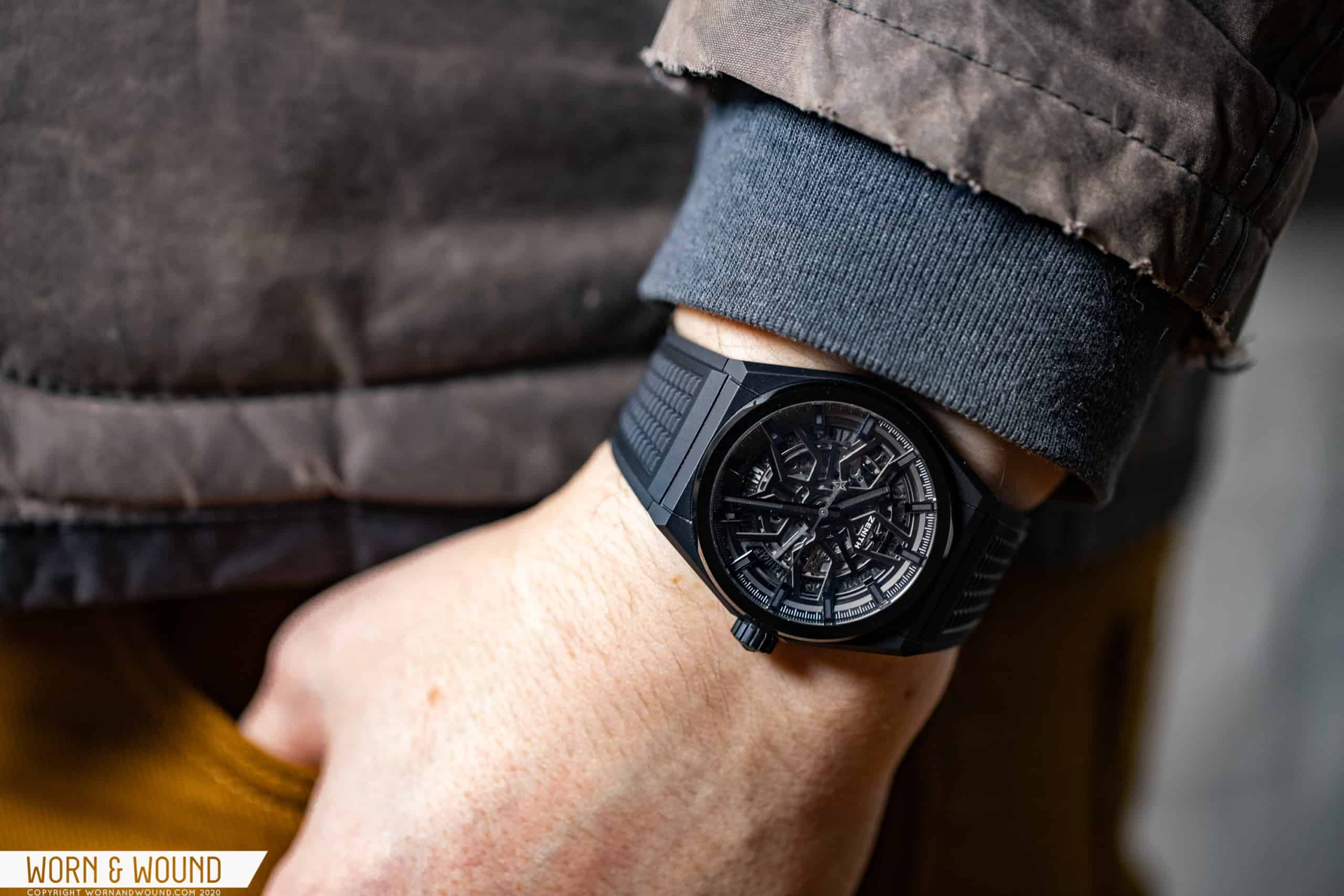
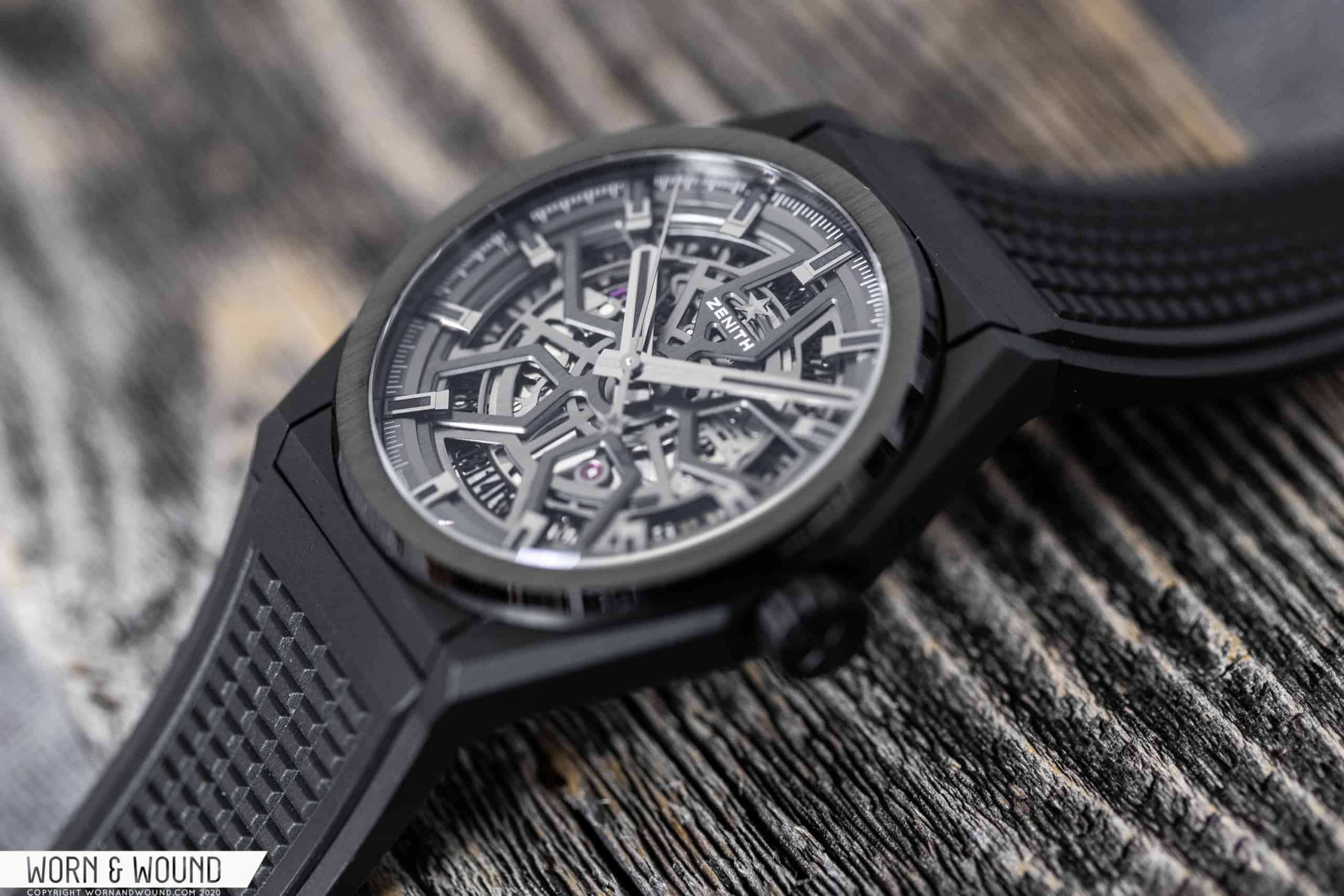
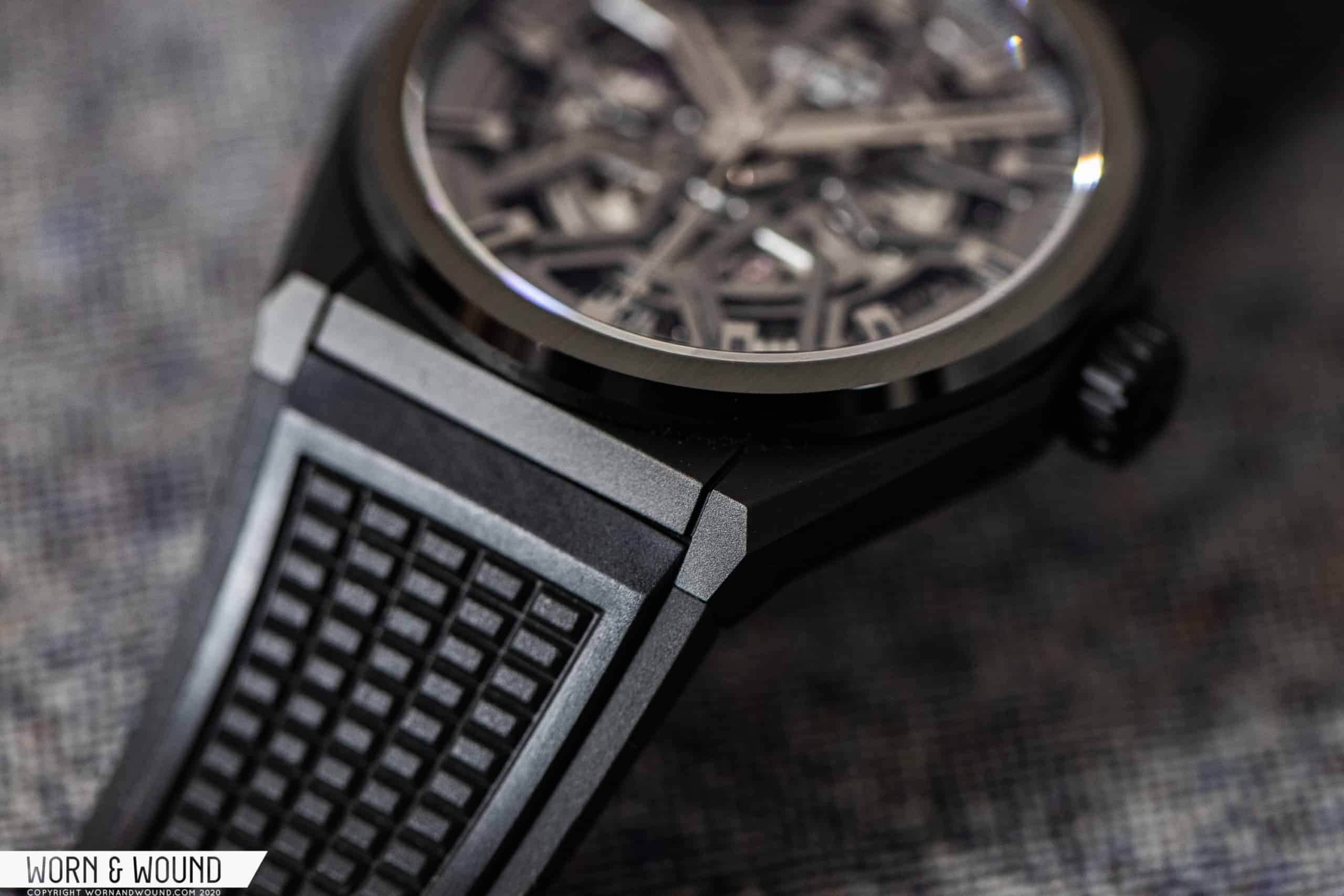
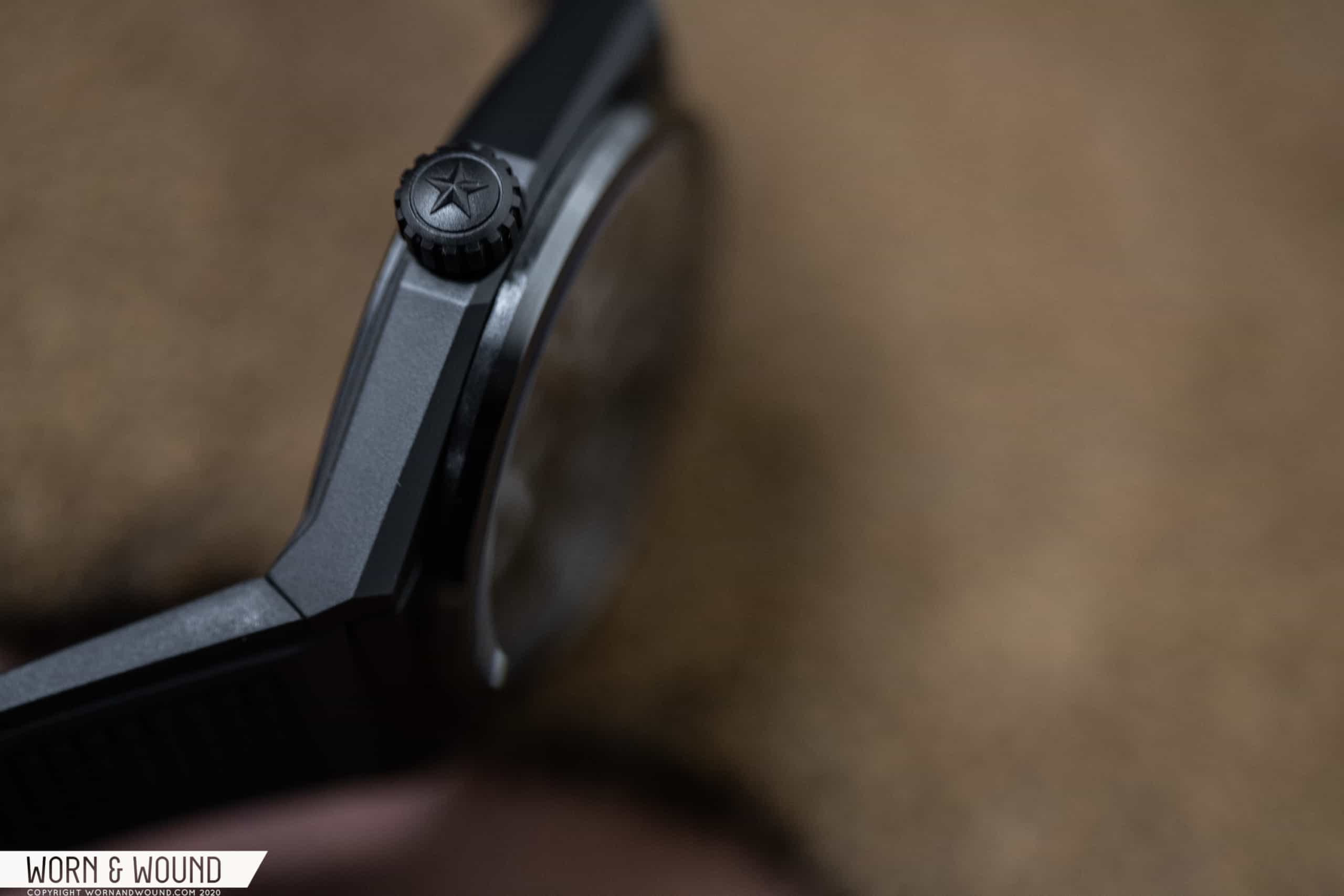
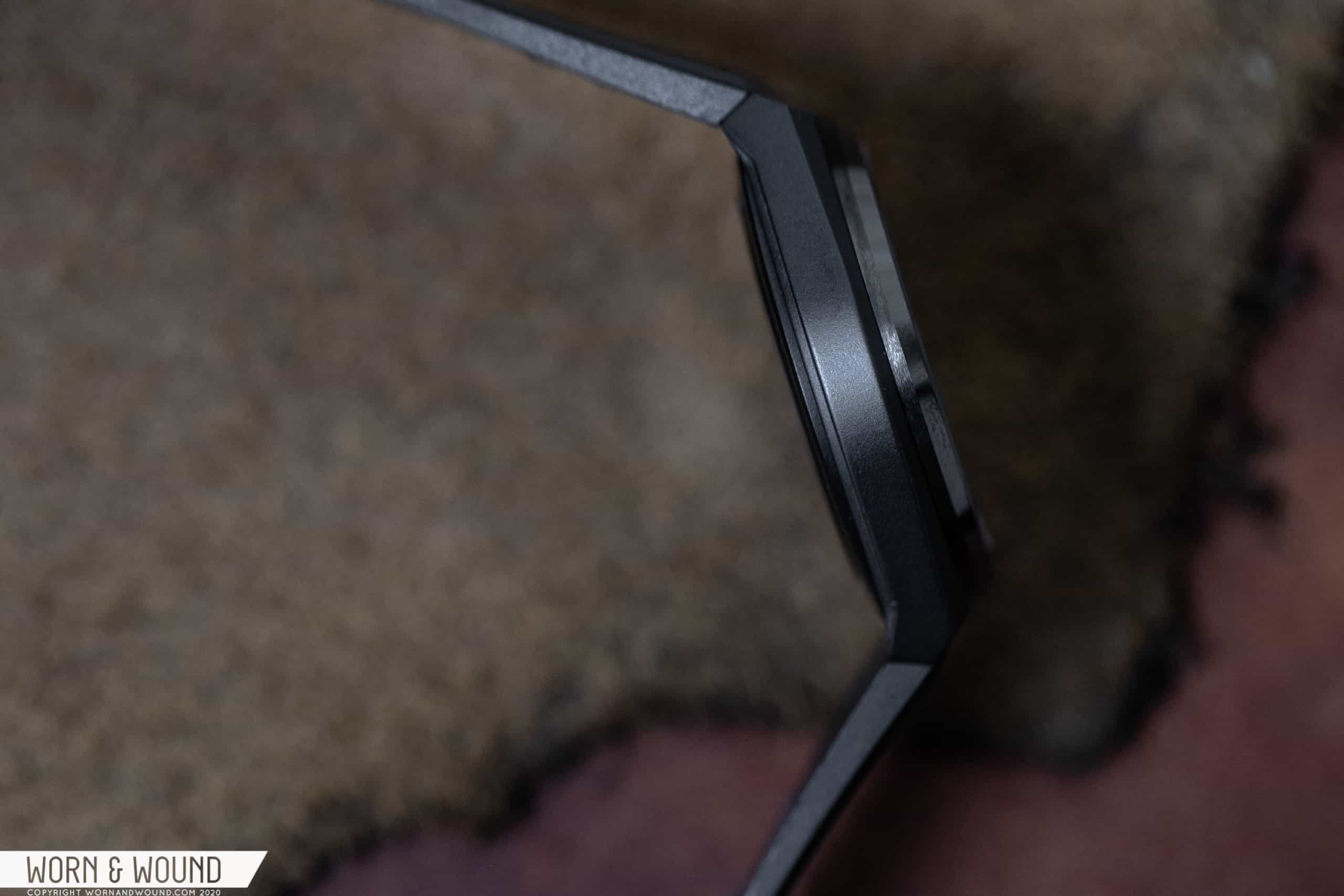
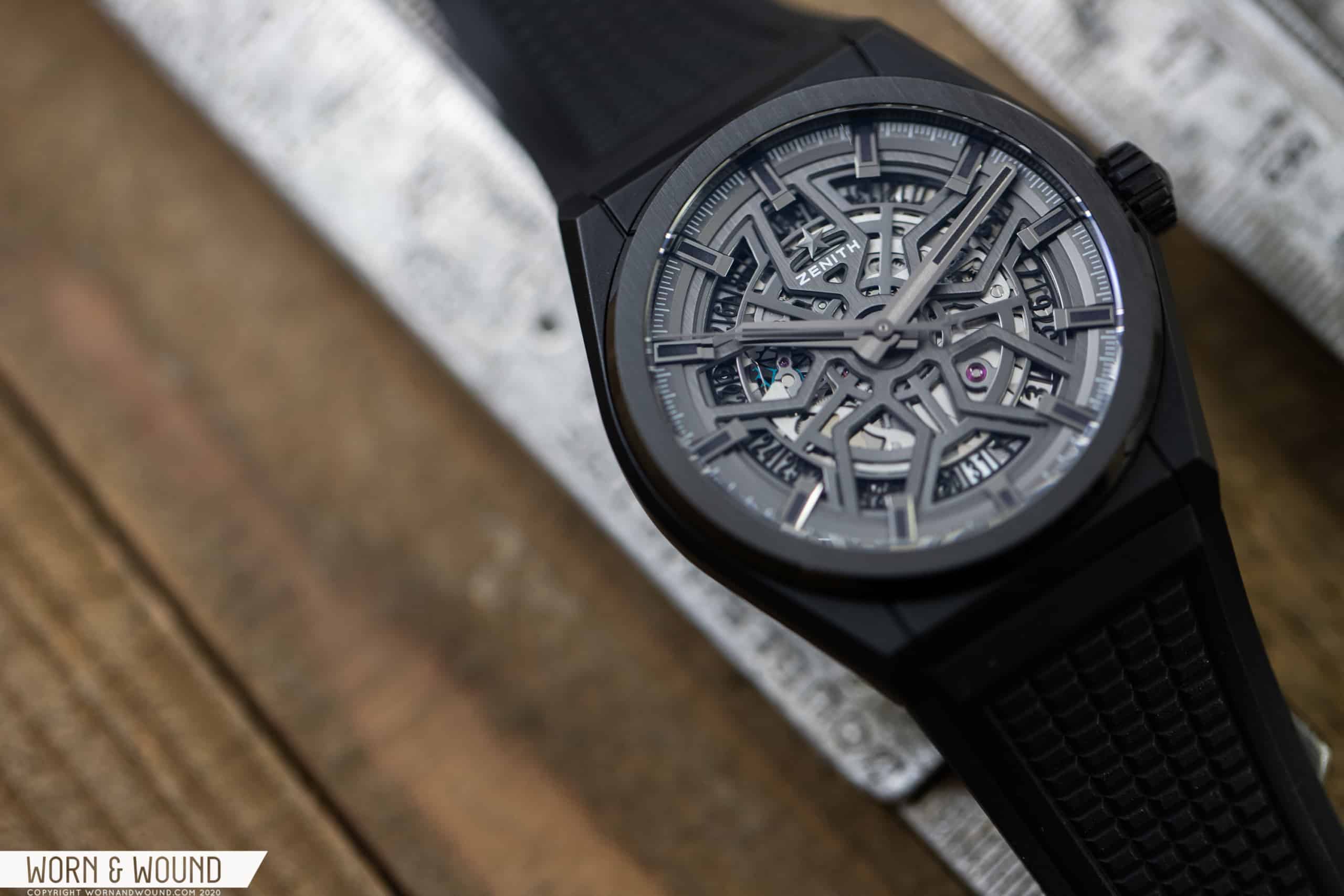
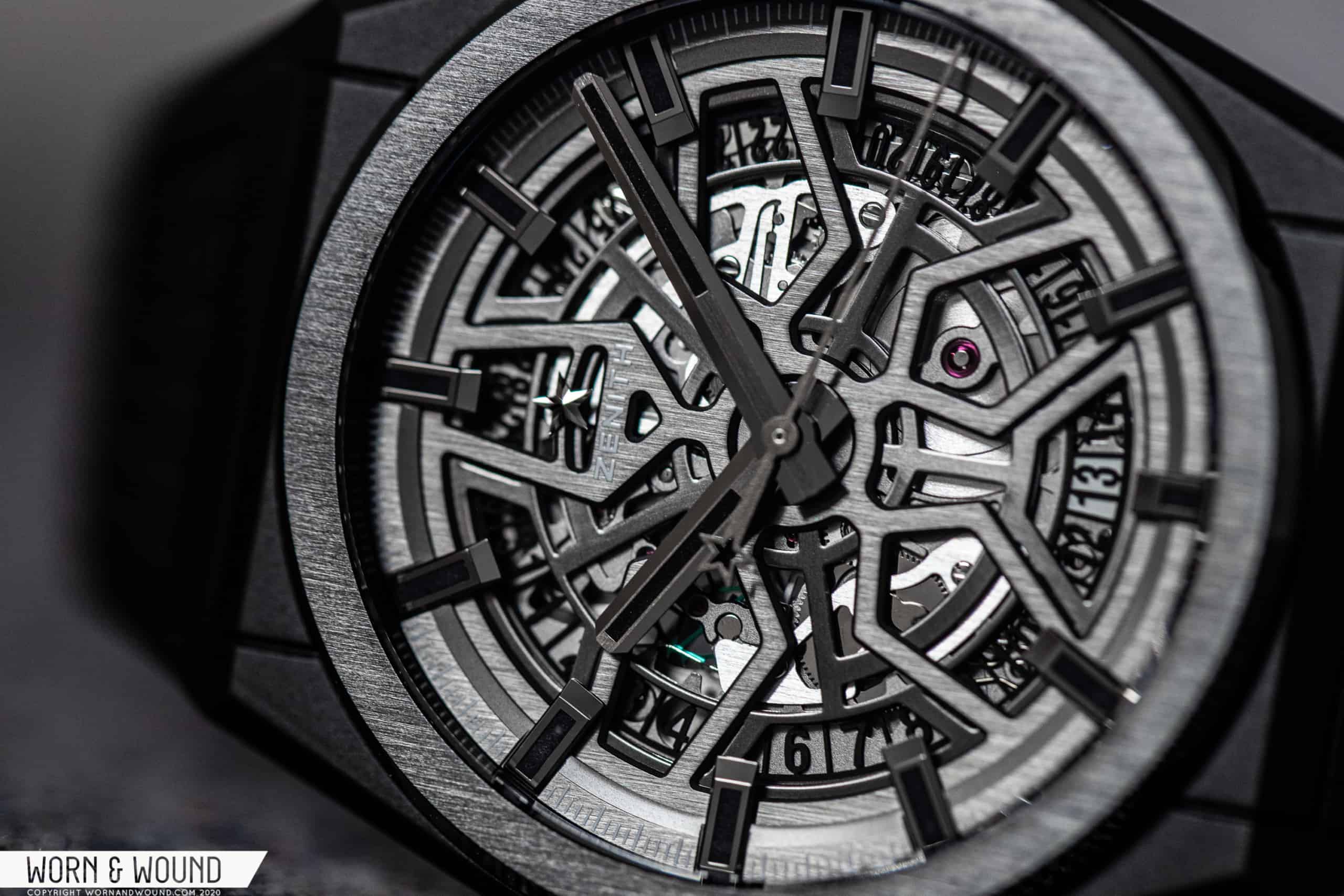
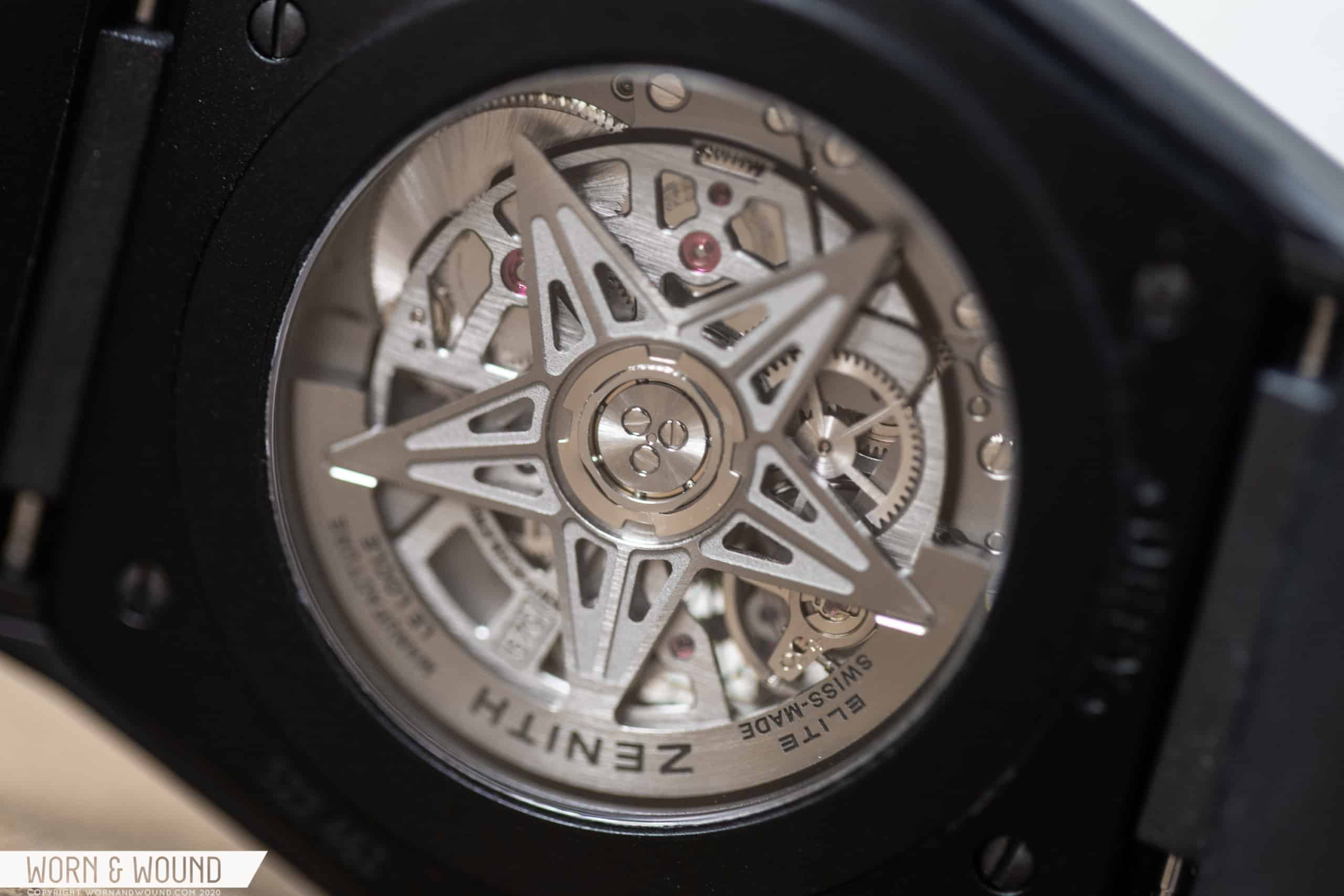
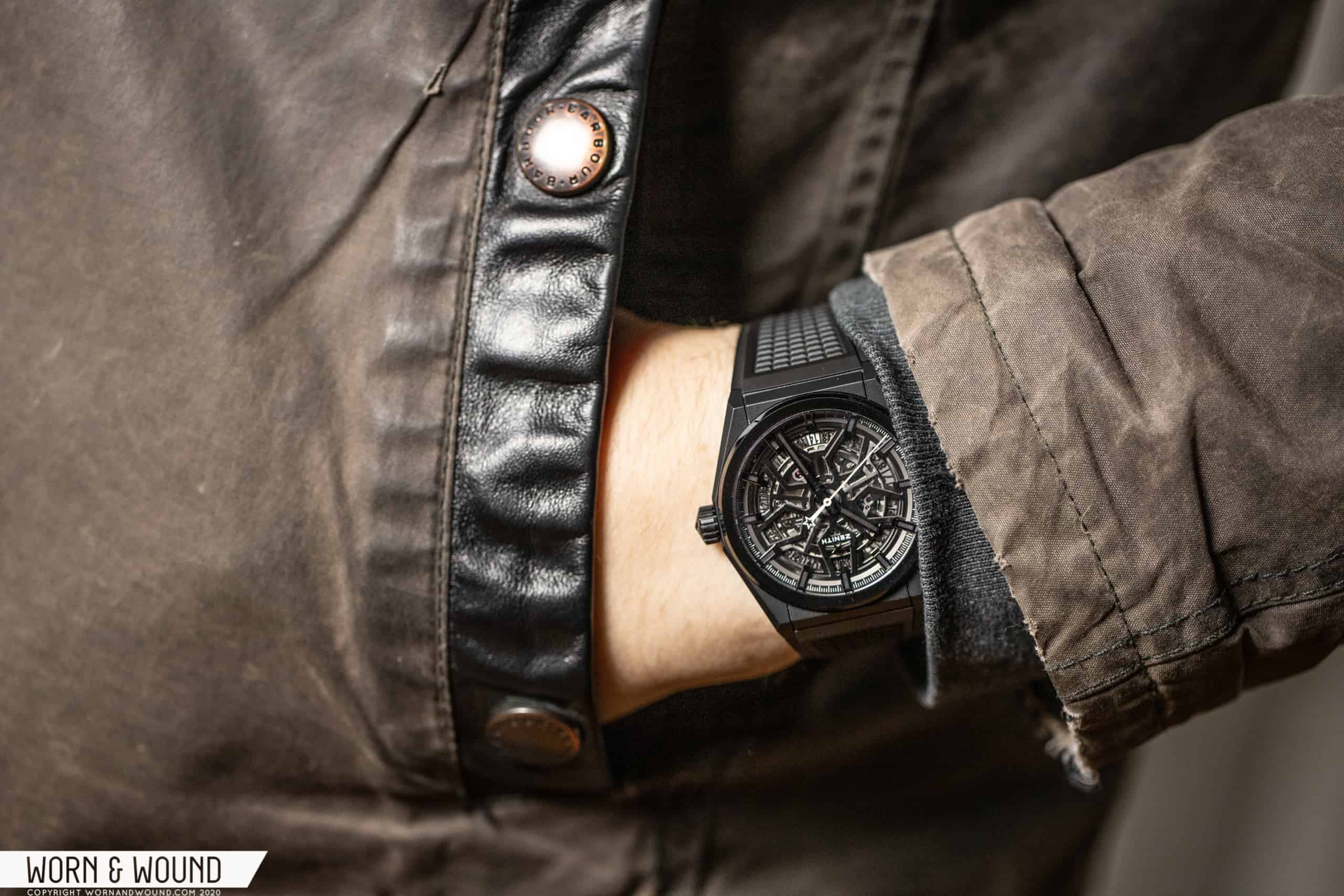
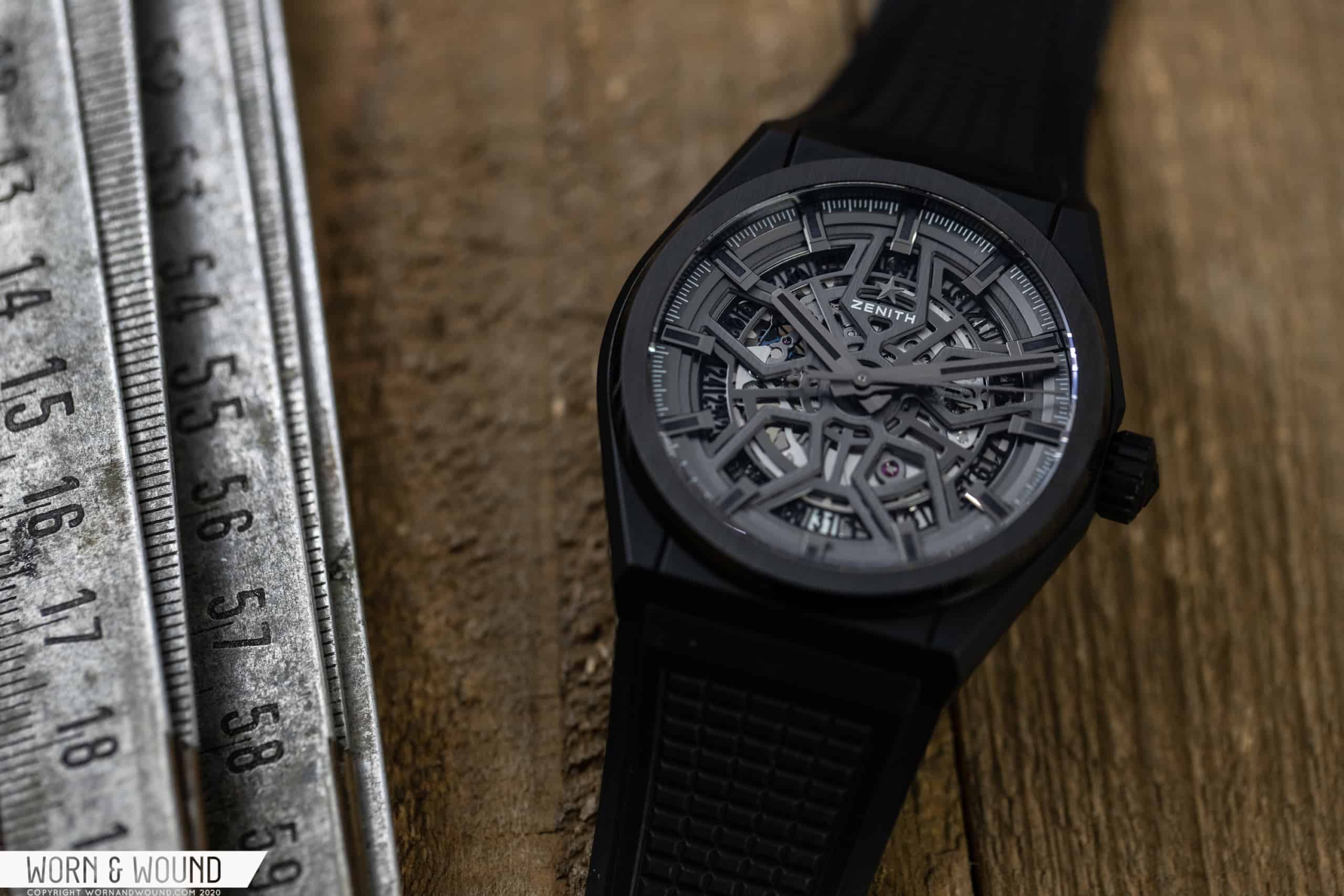

 Reply With Quote
Reply With Quote